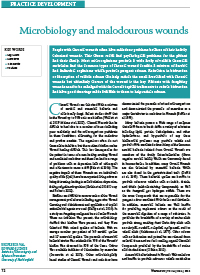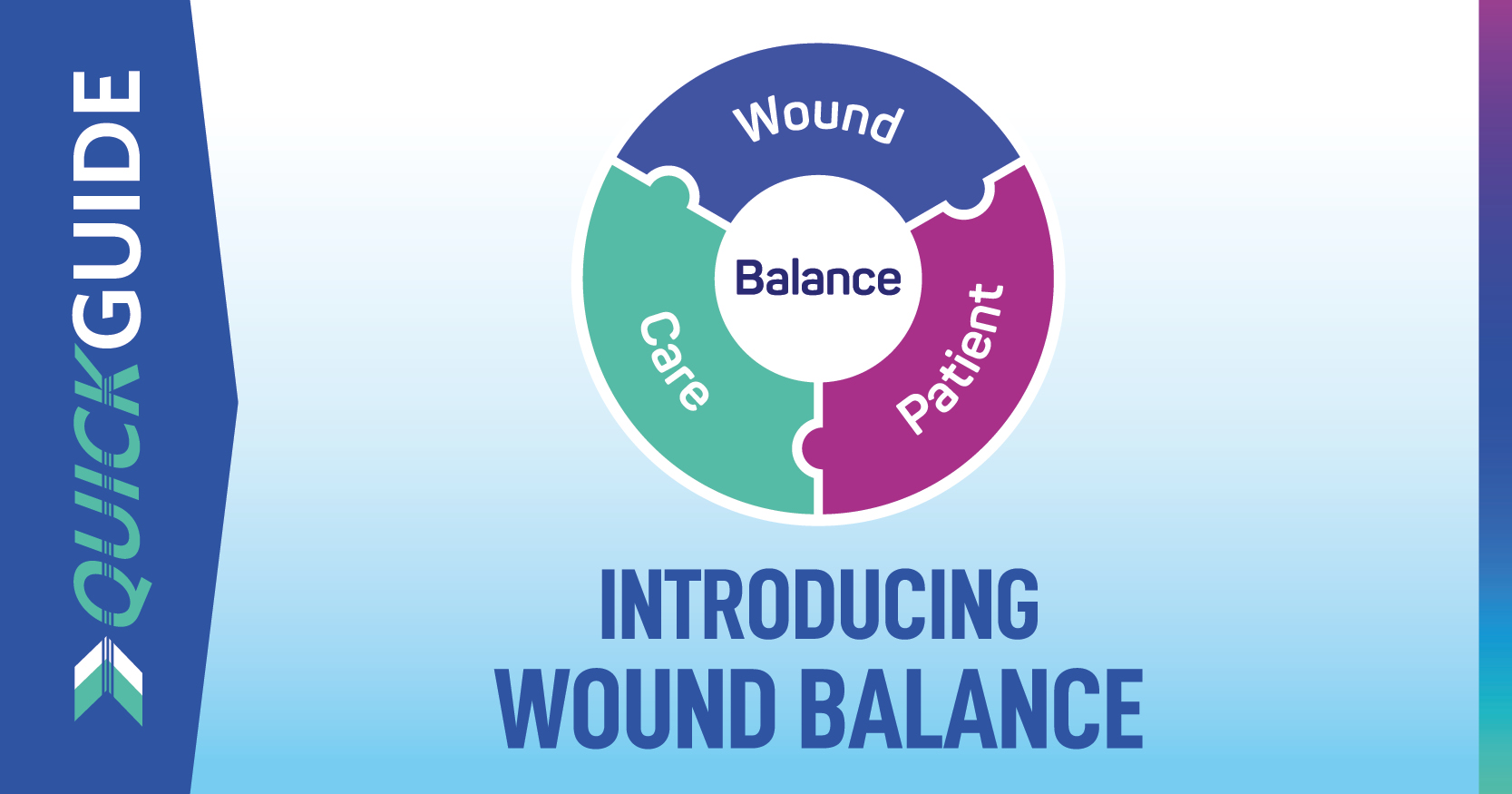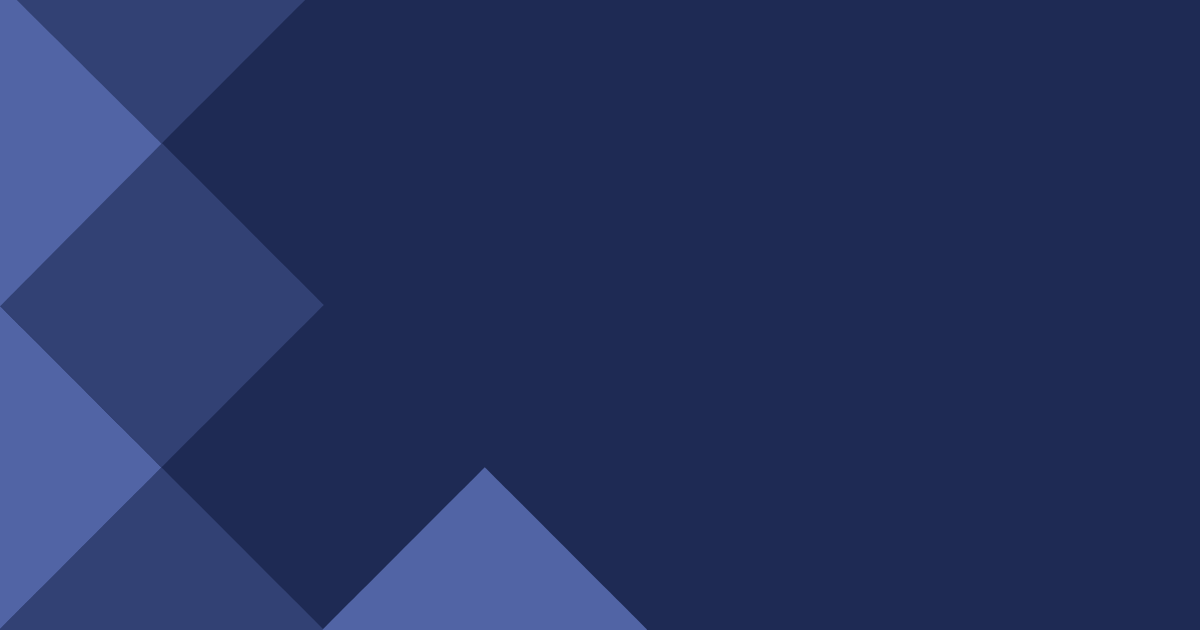Chronic wounds are colonised with a mixture of aerobic and anaerobic bacteria and occasionally fungi. Recent studies show that in the wound up to 80% exist as a biofilm (Wolcott et al, 2013; Malone et al, 2017). Chronic wounds can be difficult to heal due to a number of issues including poor vascularity and the microorganisms proliferate in these conditions, accounting for the malodour and profuse exudate. The organisms often do not cause active infection, but the resultant biofilm makes wound healing difficult. This has consequences for the patient in terms of a non-healing exuding wound and associated malodour and these can lead to a range of problems such as depression, lack of self-respect and self-esteem to name a few (Bale et al 2004). The negative impact of these wounds on an individual’s quality of life (QoL) have been reported, citing odour as being distressing, leading to social isolation, depression, feelings of guilt and repulsion (Gethin et al, 2014; Ousey and Roberts, 2016).







